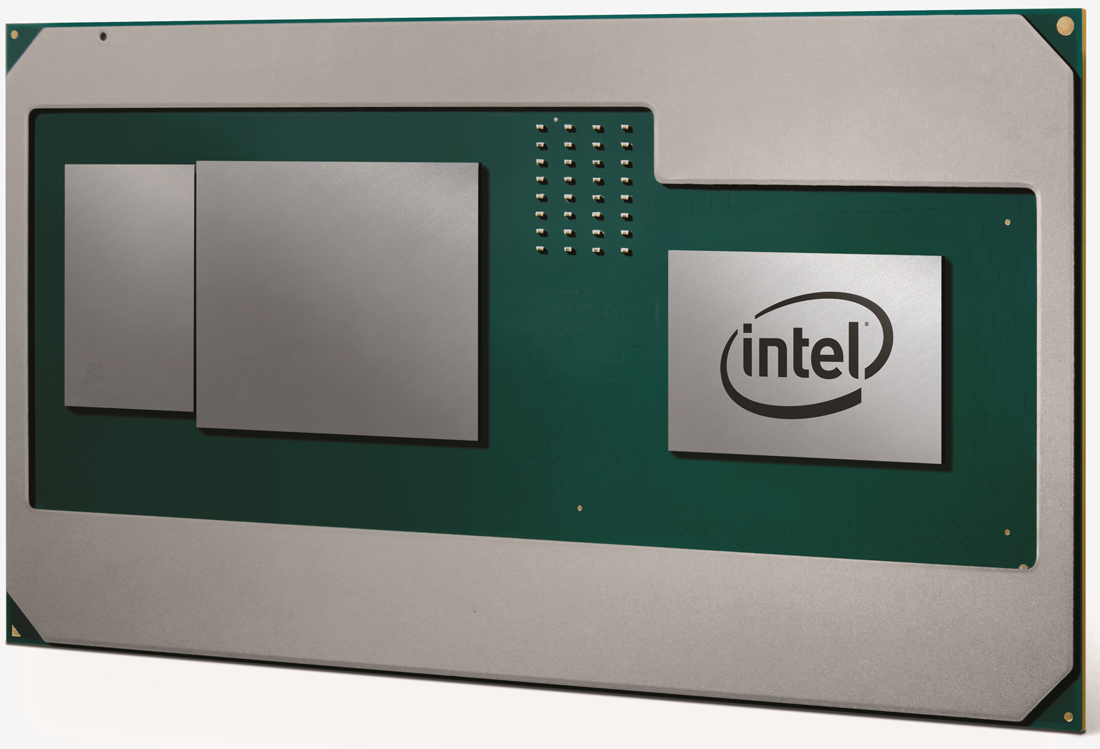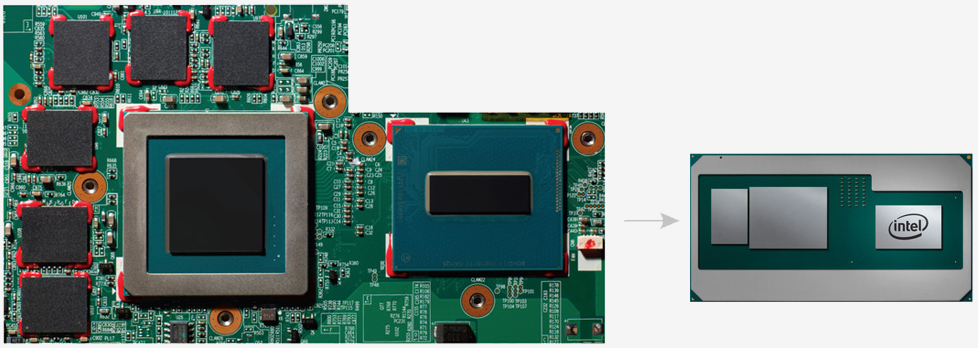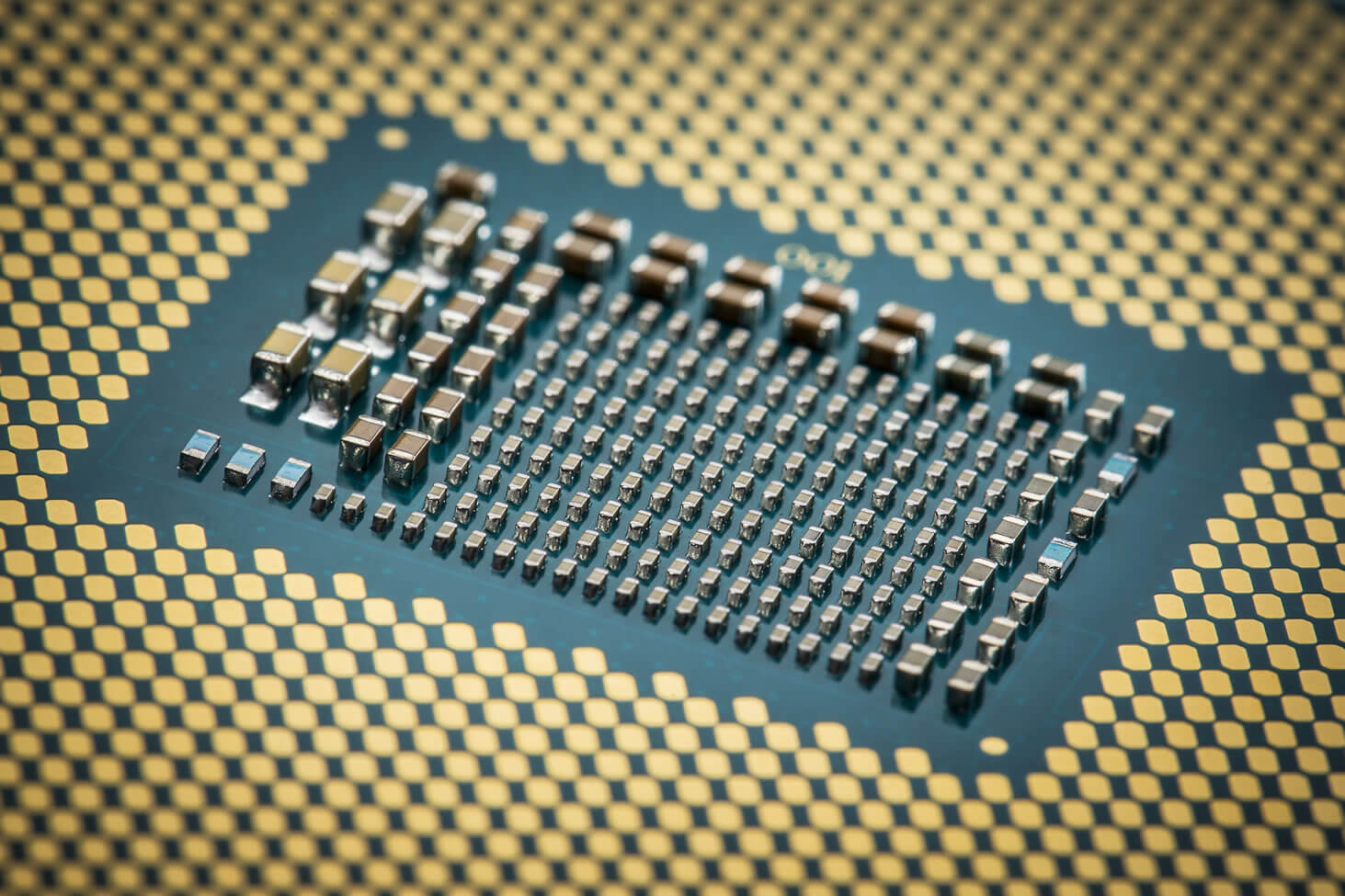Rival competitors in the technology sector rarely collaborate. Companies traditionally focus on their own products and services in hopes of gaining so much market share that the other becomes irrelevant or ripe for acquisition.
That's not always the case, however, as titans like Apple and Samsung have demonstrated. Expensive legal battles aside, the former for years has relied on the latter as a component supplier for its mobile devices.
Now, we can add two more fierce competitors to the list of unlikely business partners.

On Monday, it was revealed that AMD and Intel will converge for the first time in a bid to reduce the thickness of mobile platforms.
Despite considerable advancements, most enthusiast-grade laptops feature a significant footprint that's necessitated by discrete graphics. Intel's new product will slim the usual silicon footprint down to less than half that of standard discrete components on a motherboard.
The move, according to Intel's Christopher Walker, will allow OEMs to be more creative and deliver innovative thin and light designs with improved thermal dissipation. Furthermore, it frees up valuable real estate that can be used to improve battery life, create new motherboard layouts, experiment with new cooling solutions and more.
The unnamed product will be based on Intel's 8th generation Core family. It'll feature second generation High Bandwidth Memory (HBM2) and an Intel-exclusive, semi-custom discrete graphics chip from AMD's Radeon Technologies Group, all of which will be rolled into a single processor package.
Key to the new design is the use of Intel's Embedded Multi-Die Interconnect Bridge (EMIB). This technology is described as a bridge that allows heterogeneous silicon to quickly pass information in extremely close proximity. According to Walker, EMIB eliminates height impact as well as manufacturing and design complexities, thus enabling faster, more powerful and more efficient products in smaller sizes.
The new chip will be the first consumer product to use EMIB and the first mobile PC to utilize HBM2.
The silicon will additionally feature a power sharing framework that is tailor-made to connect the processor, discrete graphics chip and dedicated graphics memory. In addition to helping manage temperature, power delivery and performance states in real time, it also enables system designers to adjust the ratio of power sharing between the processor and graphics based on workloads and usages.

Word of a potential partnership between the rival chipmakers first surfaced nearly a year ago but was dismissed by many as being a bit too far-fetched for reality.
Intel in recent years has held the CPU performance crown but its integrated graphics solutions were never quite on the same level as AMD's. The landscape has changed quite a bit as of late but as last year's rumor indicates, this deal was likely in the works long before Ryzen's launch.
Scott Herkelman, vice president and general manager of AMD's Radeon Technologies Group, said the collaboration with Intel expands the installed base for AMD Radeon GPUs and brings to market a differentiated solution for high-performance graphics. The executive added that together, they are offering gamers and content creators the opportunity to have a thinner and lighter PC that is capable of delivering discrete performance-tier graphics experiences in AAA games and content creation applications.
If successful, the partnership certainly puts Nvidia in a precarious spot.
More information, including systems from major OEMs based on the technology, is expected in the first quarter of 2018. With CES just around the corner, Las Vegas could be a likely launching point.
